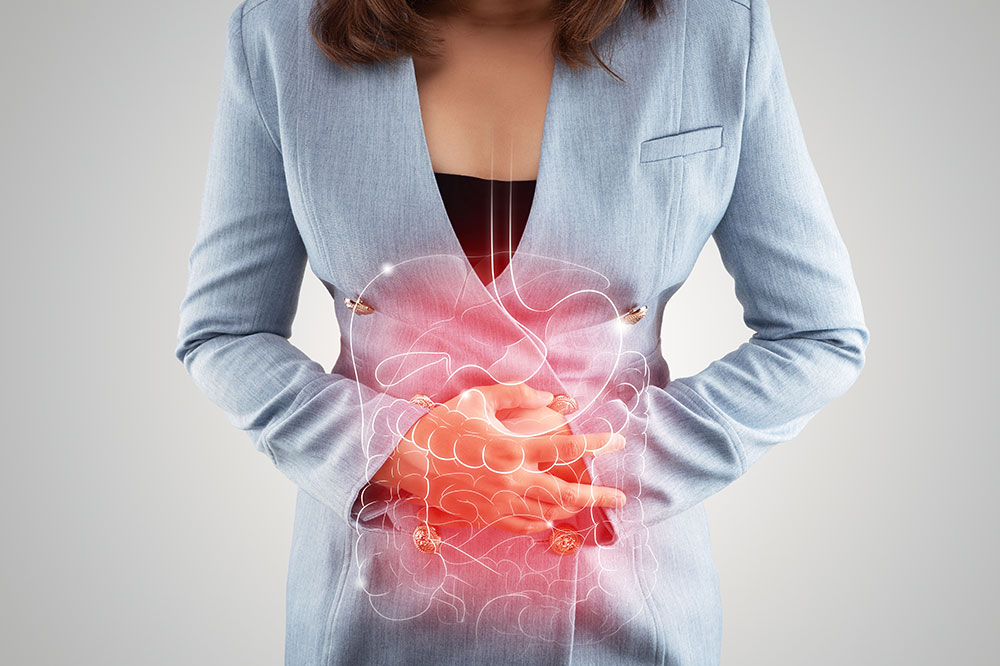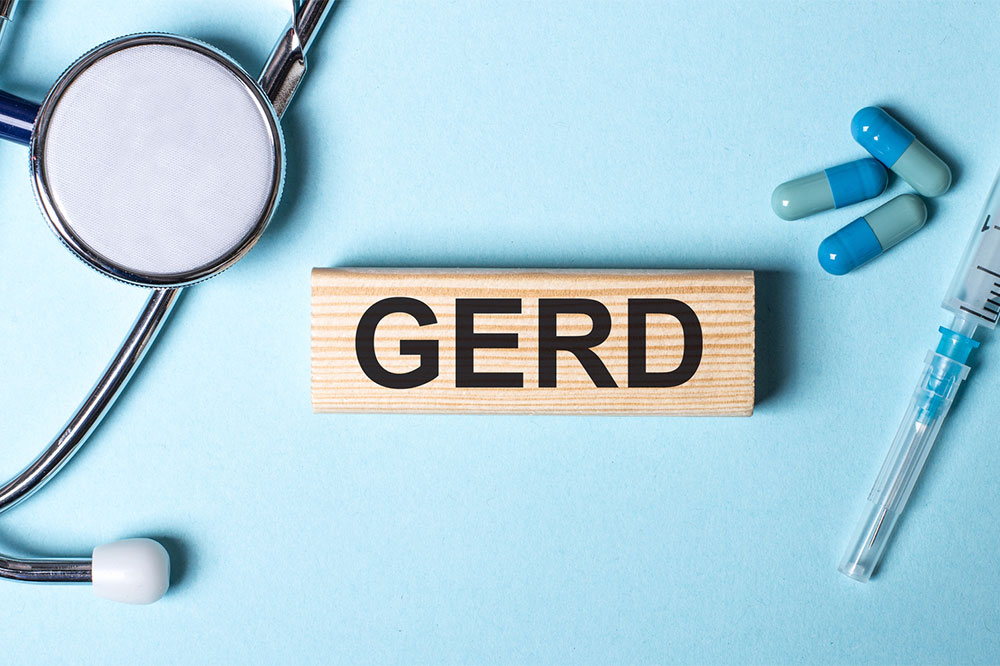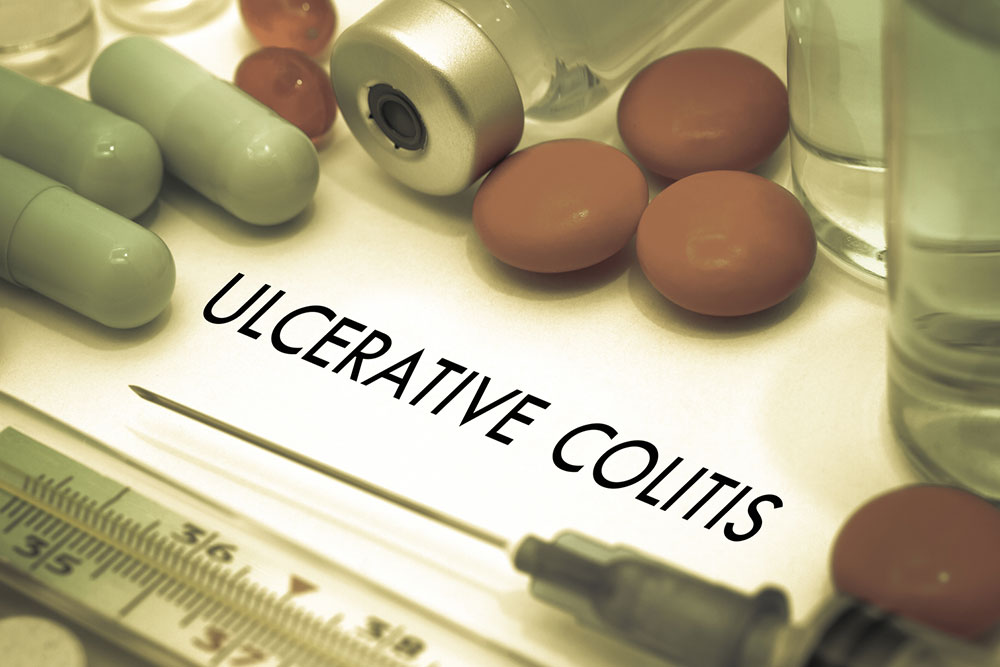Recognizing Common Stomach Disorders: Symptoms and Signs to Watch For
This comprehensive article provides an in-depth overview of common stomach disorders, their symptoms, causes, and treatments. It emphasizes the importance of early detection and lifestyle management in maintaining gastrointestinal health. Whether experiencing frequent abdominal pain, acid reflux, or other digestive issues, understanding these conditions can help individuals seek appropriate care and improve their quality of life.

The human stomach is a crucial organ within the digestive system, playing a vital role in processing food and absorbing nutrients. Located between the esophagus and small intestine, the stomach’s health is essential for overall well-being. However, various factors such as unhealthy dietary habits, food choices, meal timings, stress levels, and underlying health issues can disturb the normal functioning of the stomach. These disruptions often manifest through a range of symptoms that can signal underlying gastrointestinal problems. Recognizing the signs early can lead to timely diagnosis and effective treatment, improving quality of life.
Common symptoms indicating stomach problems include nausea, vomiting, loss of appetite, excessive burping, and various forms of abdominal discomfort. While occasional indigestion is common, persistent or severe symptoms warrant medical attention. Several stomach disorders share overlapping symptoms, but they differ in causes, severity, and treatment strategies. Understanding these disorders and their indicators can aid individuals in seeking proper healthcare and managing their digestive health effectively.
Understanding Major Digestive Disorders and Their Symptoms
Below, we explore some of the most prevalent stomach-related conditions, their causes, symptoms, and possible treatment options to help you stay informed and proactive in maintaining your digestive health.
Gallstones: Formation and Symptoms
Gallstones are hardened deposits that develop within the gallbladder, a small organ located beneath the liver responsible for storing and releasing bile—a digestive fluid that helps break down fats. These stones primarily form when substances in bile—such as cholesterol or waste products—crystallize and harden over time. Factors increasing gallstone risk include obesity, high cholesterol levels, pregnancy, rapid weight loss, and certain medical conditions.
When gallstones obstruct the bile ducts, they can cause intense pain known as biliary colic, often occurring after fatty meals. Symptoms include sudden, severe pain in the upper right abdomen or center, pain radiating to the back or right shoulder, nausea, and sometimes vomiting. In some cases, gallstones may block the cystic duct or common bile duct, leading to complications like inflammation or infections, which require prompt medical attention.
Treatment options range from nonsurgical approaches such as medications and dietary modifications to surgical removal of the gallbladder (cholecystectomy), especially if stones cause recurrent problems or complications. Regular medical checkups and imaging tests like ultrasound can help detect stones early.
Gastroesophageal Reflux Disease (GERD): Causes and Symptoms
GERD is a common condition where the stomach’s acidic contents escape back into the esophagus, causing discomfort and potential damage to the esophageal lining. The lower esophageal sphincter (LES) is supposed to prevent reflux, but in GERD, it weakens or relaxes inappropriately. This results in acid regurgitation, leading to a burning sensation known as heartburn.
Frequent heartburn—more than twice weekly—is a key indicator of GERD. Additional symptoms include sour or bitter taste in the mouth, persistent cough, hoarseness, sore throat, bad breath, and, in severe cases, difficulty swallowing or chest pain mistaken for heart-related issues. Lifestyle factors such as obesity, smoking, certain foods (spicy, fatty, or acidic foods), and large meals contribute to GERD development.
Managing GERD involves lifestyle modifications like avoiding trigger foods, eating smaller meals, losing weight, and quitting smoking. Pharmacological treatments include antacids, H2-receptor antagonists, and proton pump inhibitors. Severe cases might require surgical procedures such as fundoplication to reinforce the LES barrier.
Irritable Bowel Syndrome (IBS): Recognizing the Symptoms
IBS is a chronic functional gastrointestinal disorder characterized by recurrent abdominal pain accompanied by changes in bowel habits—either constipation, diarrhea, or alternating patterns—without any structural abnormalities detectable through standard tests. The exact cause remains unknown but is believed to involve abnormal muscle contractions, heightened nerve sensitivity, and psychosocial factors.
Symptoms vary among individuals but typically include cramping, bloating, gas, and altered stool consistency. Some people experience relief after bowel movements, while others may face persistent symptoms affecting daily life. Specific triggers such as stress, certain foods, or hormonal changes can exacerbate symptoms.
Dietary modifications—such as reducing high-FODMAP foods, increasing fiber intake, and avoiding known irritants—are often effective in symptom management. Probiotics and stress reduction techniques can also provide relief. In some cases, medications like antispasmodics, laxatives, or antidiarrheals are prescribed to control specific symptoms.
Ulcerative Colitis: Inflammatory Condition of the Colon
Ulcerative colitis is an inflammatory bowel disease primarily affecting the colon and rectum. It involves immune system dysfunction, leading to inflammation, ulceration, and sores in the colon’s lining. The exact cause of this autoimmune response is unclear but may involve genetics, environmental factors, and an abnormal immune reaction.
Symptoms often include frequent urgency to defecate, persistent diarrhea, cramping abdominal pain, weight loss, fatigue, and blood in the stool. The severity can range from mild to severe, and complications such as perforation or increased risk of colon cancer are possible if left untreated.
Management involves a combination of medications—such as anti-inflammatory drugs, corticosteroids, immunosuppressants, and biologics—and dietary adjustments. Severe cases may require surgical removal of the affected parts of the colon. Regular monitoring and colonoscopies are essential for managing disease progression.
Crohn’s Disease: Chronic Inflammatory Disorder
Crohn’s disease is another form of inflammatory bowel disease that can affect any part of the gastrointestinal tract, from mouth to anus, but most commonly impacts the terminal ileum and colon. Its exact cause remains elusive but is thought to involve genetic predisposition, immune system abnormalities, and environmental triggers.
Symptoms include persistent diarrhea, abdominal pain, weight loss, fever, and occasionally bleeding. The disease often causes patchy inflammation, leading to complications such as fistulas, strictures, and nutritional deficiencies. Because Crohn’s can affect multiple layers of the intestinal wall, it is often more severe than ulcerative colitis.
Treatment involves medications to control inflammation and suppress the immune response, including corticosteroids, immunomodulators, and biologic agents. Surgical intervention may be necessary in cases of strictures, fistulas, or severe disease unresponsive to medication. Nutritional support and regular monitoring are critical for managing the condition effectively.
In conclusion, being aware of the various signs and symptoms associated with common stomach and gastrointestinal disorders can significantly affect early diagnosis and treatment. If you experience persistent digestive symptoms, consult a healthcare professional promptly. With proper management and lifestyle modifications, many stomach-related conditions can be controlled, ensuring better digestive health and improved overall quality of life.





